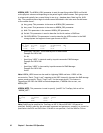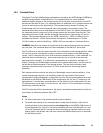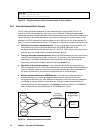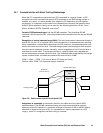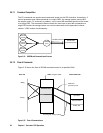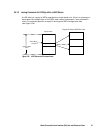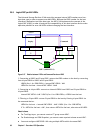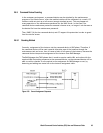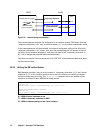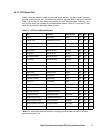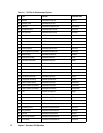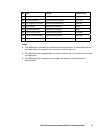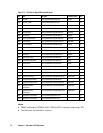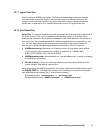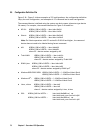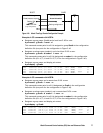
70 Chapter 2 Overview of CCI Operations
RAID Manager
Read(Instance request)
Getting LBA
Write with LBA
(
to get configuration)
Command device
Temporary allocation
Getting configuration
Actual allocation
Table
0 0
1 0
1 1
HOST
RAID
Figure 2.39 Improved Assignment Sequence
The command device performs the assignment of an instance through TWO phase that has
“temporary allocation (1 0)” and “actual allocation (1 1)” to the instance assignment table.
If the command device will be attacked, the instance assignment table will be filled with
“temporary allocation (1 0)” status, after that the command device will detects a fault of
full space as the instance assignment, and then will clear up all “temporary allocation (1
0)”, and re-assigns the required instance automatically.
This does not require a service personnel to do “OFF/ON” of the command device for clear
up the instance table.
2.8.9.2 Verifying the RM Instance Number
RAID Manager provides a way to verify number of “temporary allocation (1 0)” and “actual
allocation (1 1)” on the instance table so that a user can confirm own validity of the RM
instance number they are using. The horcctl -DI command shows the number of RM
instances as follows of when HORCM has being started.
Example without command device security:
# horcctl -DI
Current control device = /dev/rdsk/c0t0d0 AI = 14 TI = 0 CI = 1
Example with command device security:
# horcctl -DI
Current control device = /dev/rdsk/c0t0d0* AI = 14 TI = 0 CI = 1
AI : NUM of Actual instances in use
TI : NUM of temporary instances in RAID
CI : NUM of instances using current (own) instance



